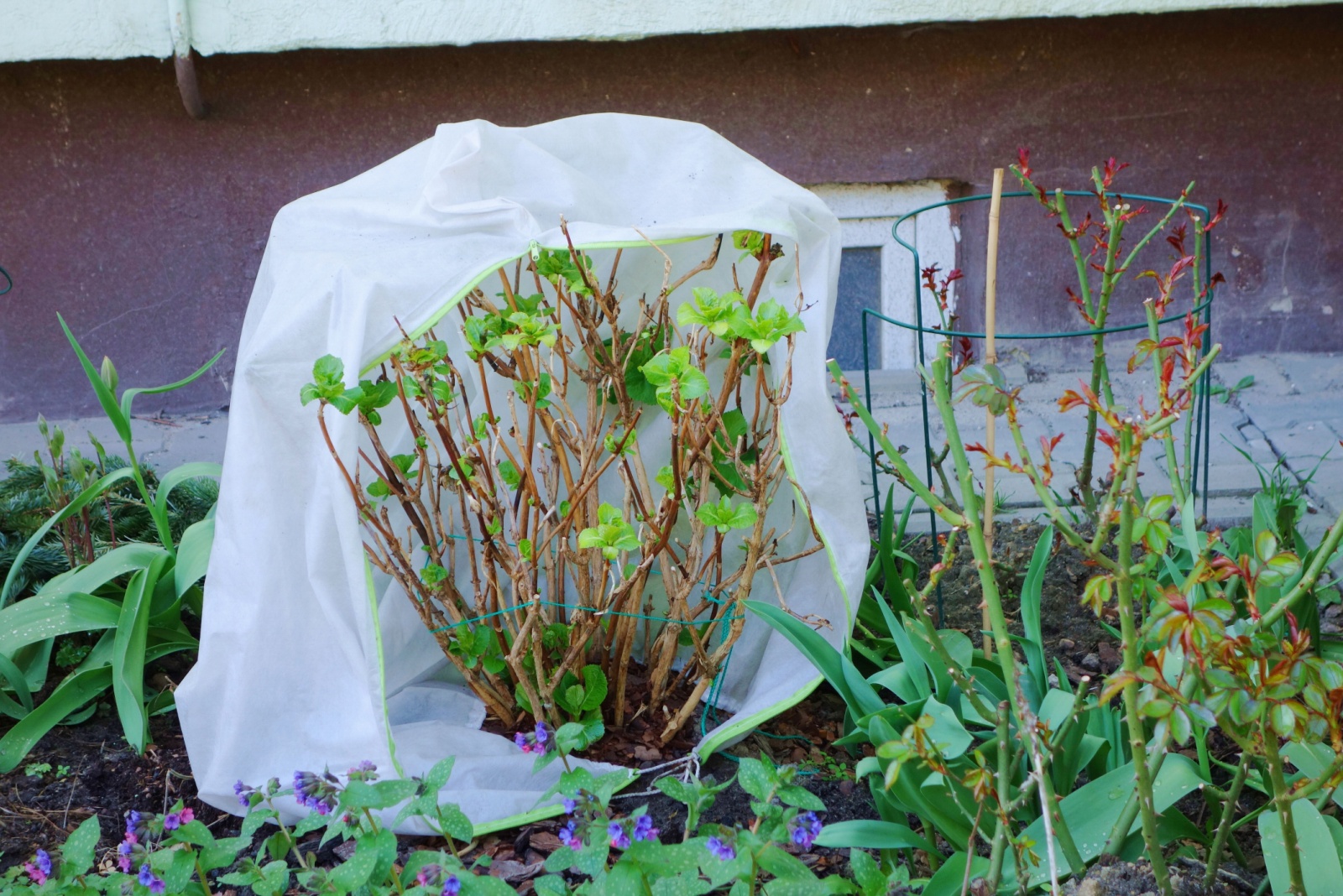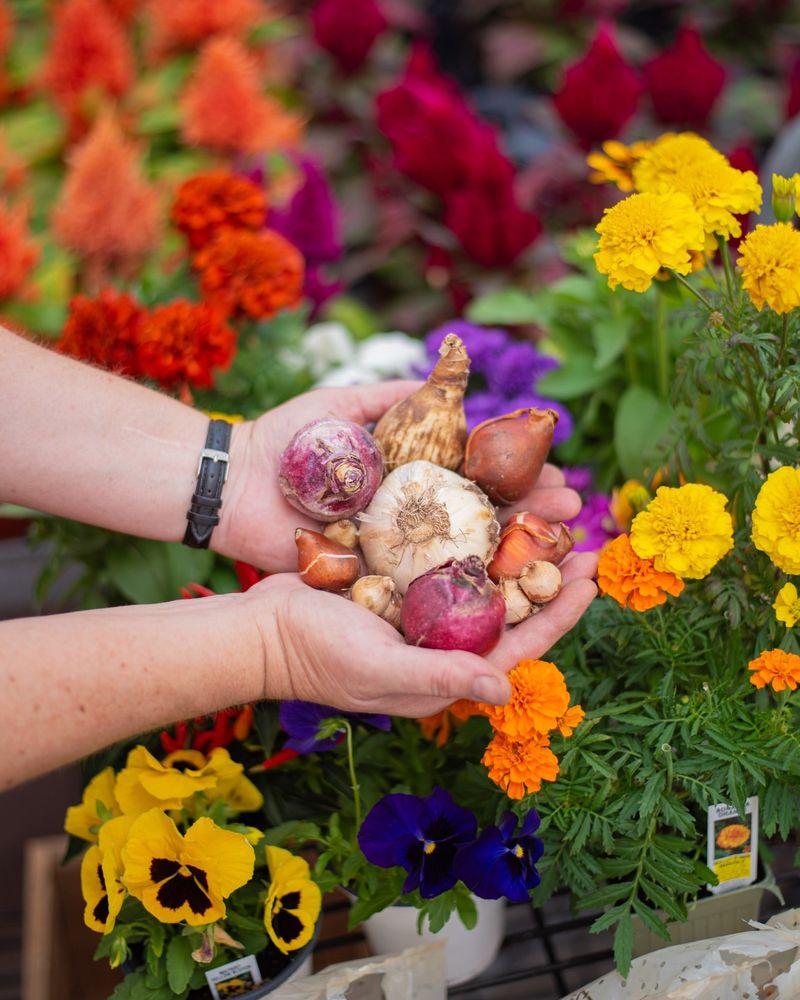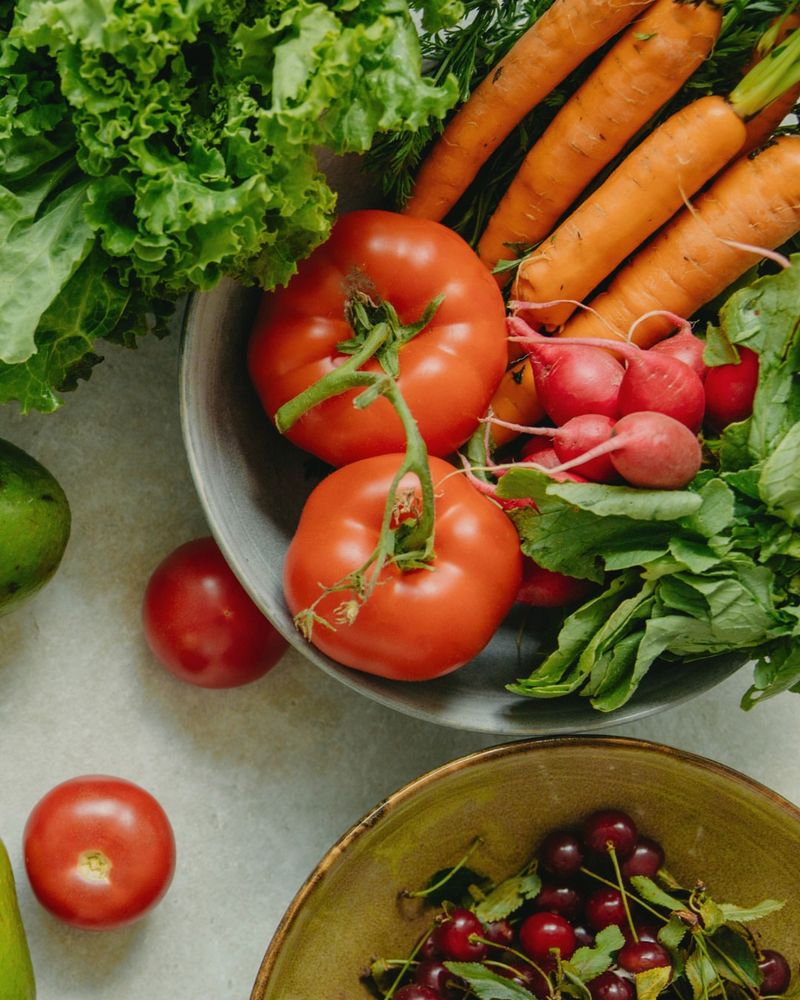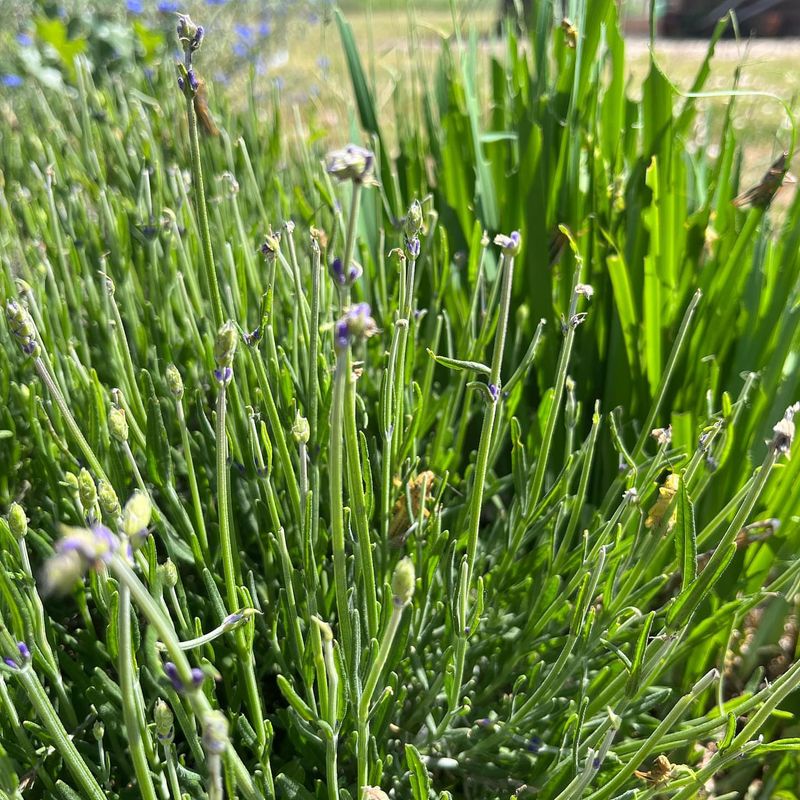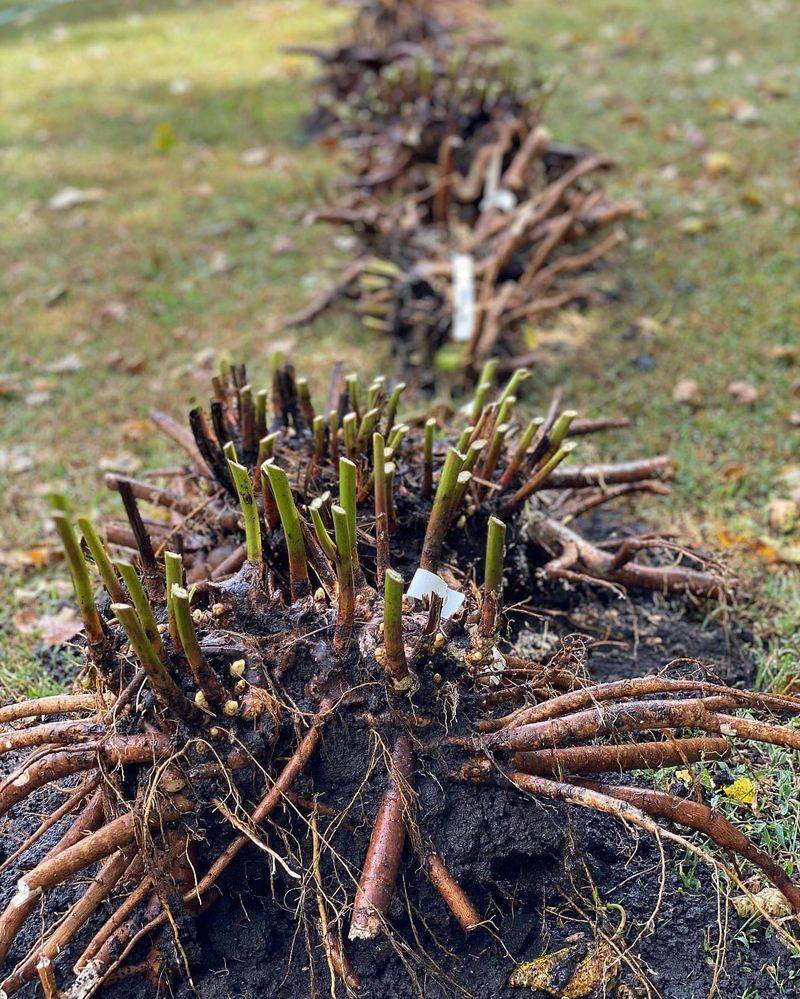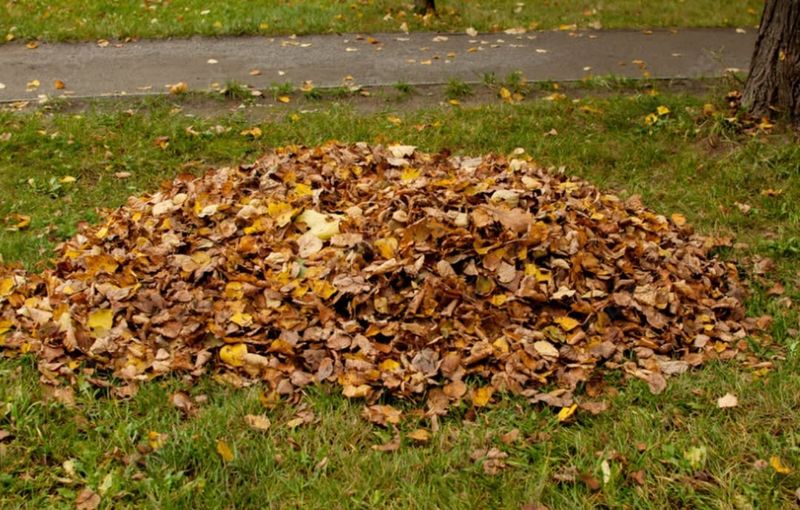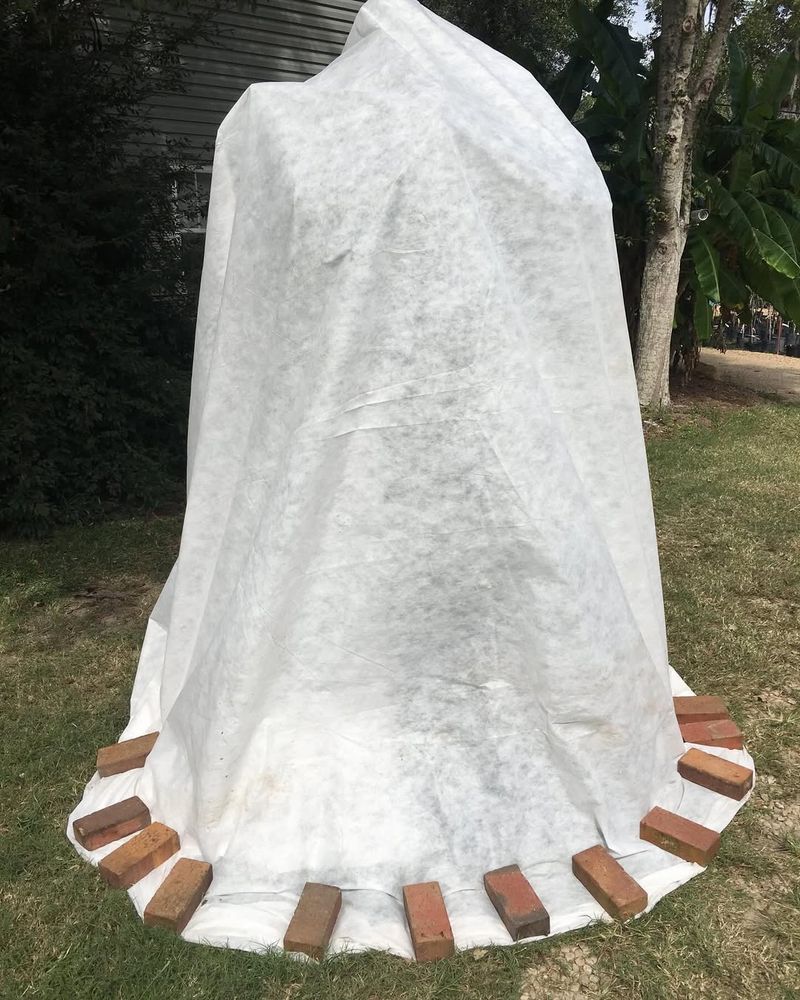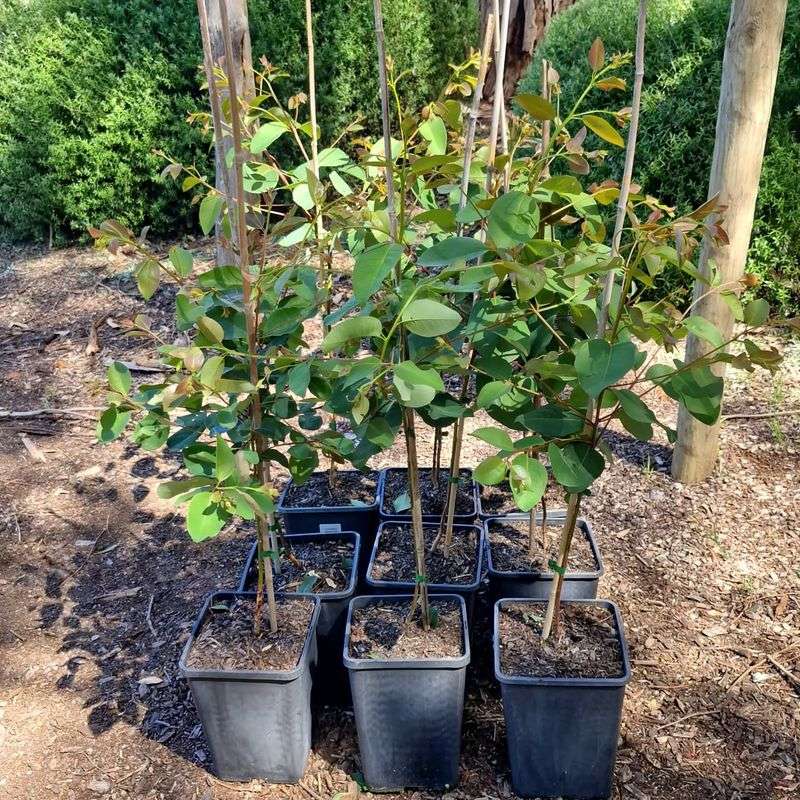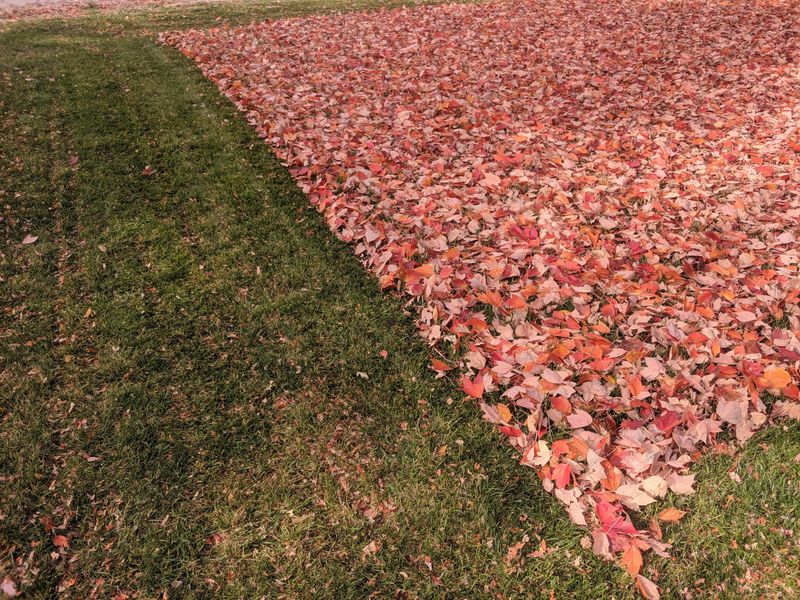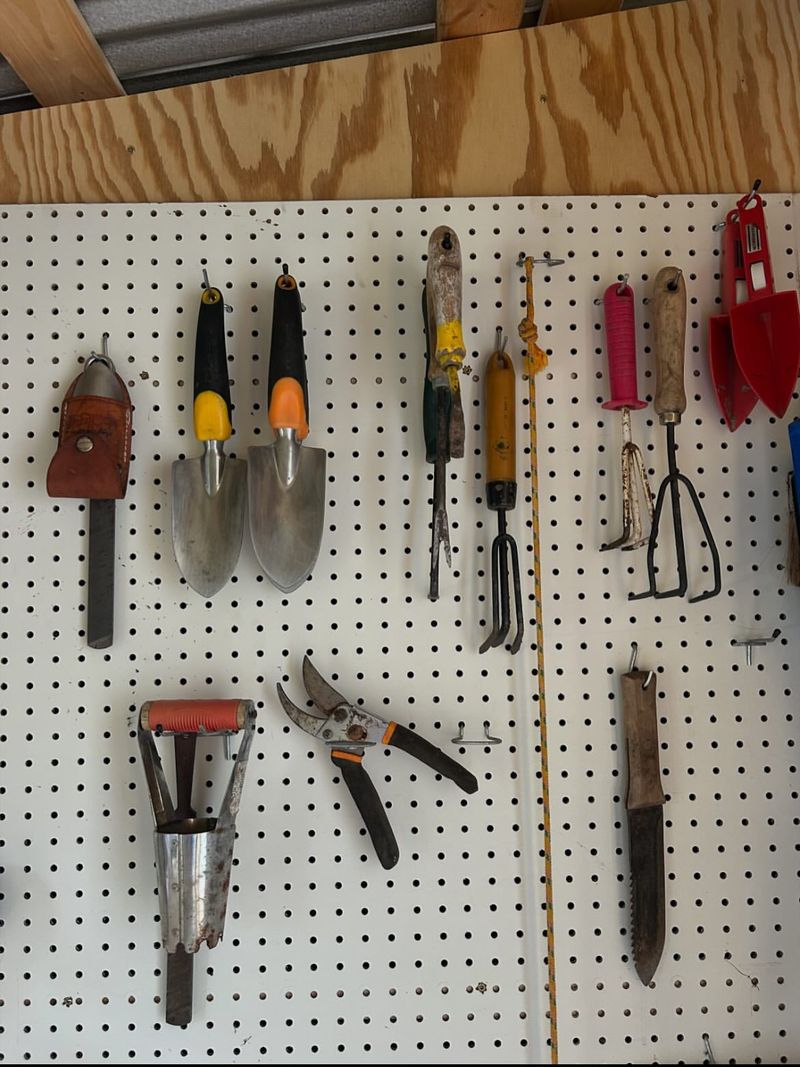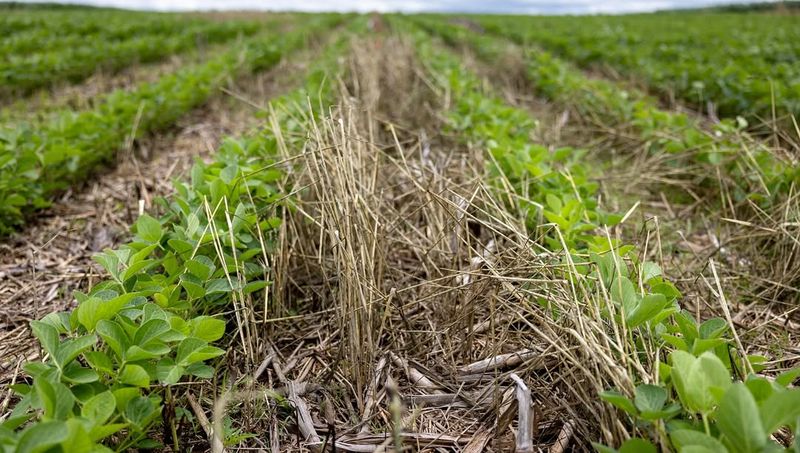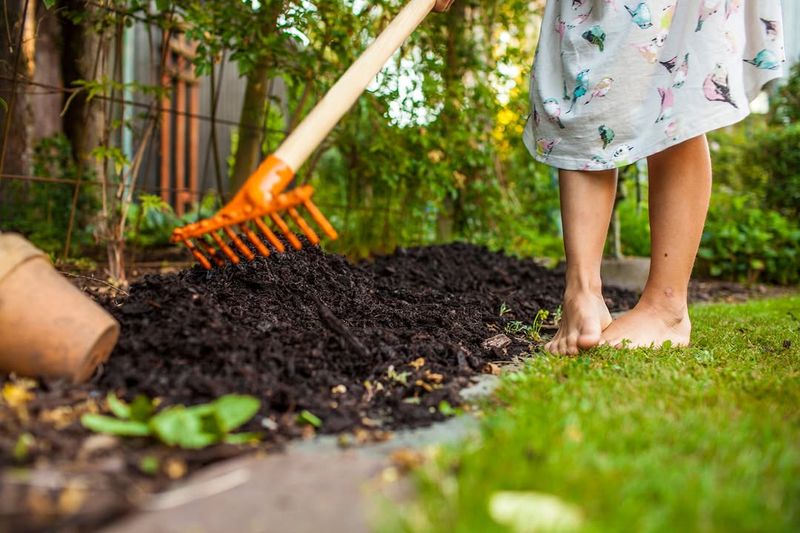October brings a magical transformation to Pennsylvania gardens as summer fades and fall colors emerge. This transition month is crucial for preparing your garden for winter while also setting the stage for next spring’s success.
Taking time now for these essential tasks will reward you with a healthier, more productive garden when warm weather returns.
1. Plant Spring-Blooming Bulbs
October’s cooler soil creates perfect conditions for tucking tulips, daffodils, and crocuses into garden beds. Plant bulbs at a depth of three times their height, with pointed ends facing up.
Add some bone meal to the planting hole to encourage strong root development. For a stunning spring display, group bulbs in clusters rather than single rows – this mimics how they grow naturally.
2. Harvest The Last Summer Vegetables
Green tomatoes still hanging on the vine won’t survive the first Pennsylvania frost. Gather them now and ripen indoors on a sunny windowsill or turn them into delicious fried green tomatoes.
Root crops like carrots and beets can handle light frost but should be dug up before the ground freezes solid. Don’t forget those final zucchinis and peppers too – they’ll quickly succumb when temperatures drop.
3. Clean Up Perennial Beds
Remove spent flowers and diseased foliage from perennial plants to prevent problems next season. Many gardeners now leave some sturdy stems standing as winter habitat for beneficial insects.
Cut back hostas, peonies, and daylilies after frost turns their foliage brown. Ornamental grasses can remain for winter interest, their seed heads providing food for birds while their swaying forms add movement to the winter landscape.
4. Divide Overcrowded Perennials
Peonies, irises and daylilies that have grown too dense benefit from division now. Dig up the entire clump, separate into smaller sections with a sharp spade, and replant immediately.
Water newly divided plants thoroughly to help them establish before winter. The bonus? You’ll have extra plants to expand your garden or share with friends.
Most Pennsylvania spring and summer bloomers divide nicely in fall, while fall-flowering plants should wait until spring.
5. Start A Compost Pile With Fall Leaves
Fallen leaves are garden gold! Instead of bagging them for trash pickup, create a simple compost pile by alternating layers of brown leaves with green materials like grass clippings.
Shredding leaves first with a lawn mower speeds decomposition dramatically. Keep the pile as moist as a wrung-out sponge for fastest results.
By next summer, you’ll have rich, dark compost to feed your garden without spending a penny on store-bought fertilizers.
6. Protect Tender Plants From Frost
Pennsylvania’s first frost typically arrives in October, threatening tender plants. Have frost cloths, old bedsheets, or lightweight tarps ready to drape over sensitive flowers and vegetables when frost warnings appear.
Container plants can be moved to protected areas like porches or garages temporarily. Remember to remove coverings during daytime hours to prevent plants from overheating.
Applying a thick mulch around plants provides additional insulation for their roots.
7. Plant Trees And Shrubs
Fall’s cooler temperatures and reliable rainfall create ideal conditions for establishing new woody plants. The soil remains warm enough for root growth while plants experience less transplant shock than in summer heat.
Dig holes twice as wide as the root ball but only as deep. Water thoroughly after planting and continue until the ground freezes.
Local nurseries often offer end-of-season sales, making October a budget-friendly time to add landscape plants.
8. Prepare The Lawn For Winter
October offers perfect conditions for lawn rejuvenation in Pennsylvania. Apply fall fertilizer with higher potassium content to strengthen grass roots for winter survival.
Continue mowing until growth stops, gradually lowering the blade height for the final cut. Leaving grass too tall encourages snow mold; cutting too short stresses roots.
Fill in bare patches by overseeding now – grass seed germinates beautifully in fall’s cool, moist conditions without summer’s weed competition.
9. Prepare Garden Tools For Storage
Clean soil from shovels, hoes and pruners before winter storage to prevent rust and extend tool life. A bucket of sand mixed with a little motor oil makes an excellent cleaning station – just plunge tools in and out a few times.
Drain gas from power equipment or add fuel stabilizer. Sharpen dull blades now rather than rushing in spring.
Wooden handles benefit from a light sanding followed by linseed oil application.
10. Plant A Cover Crop In Empty Vegetable Beds
Bare soil erodes over winter, losing precious nutrients. Sow quick-growing cover crops like winter rye or hairy vetch in empty vegetable beds to protect and improve soil health.
These green manures suppress weeds while adding organic matter when tilled under in spring. Their roots prevent soil compaction from heavy winter precipitation.
Many cover crops also fix nitrogen from the air, naturally fertilizing your garden for free while it rests.
11. Stock Up On Winter Mulch
Gather materials now for winter mulching, which should be applied after the ground freezes. Straw, pine needles, and shredded leaves make excellent protective layers for perennials and root crops left in the ground.
Wait until after several hard frosts before applying winter mulch. Mulching too early in Pennsylvania can create cozy homes for rodents or cause plants to rot from trapped moisture.
For strawberry beds, a 3-4 inch layer of straw prevents damaging freeze-thaw cycles.

